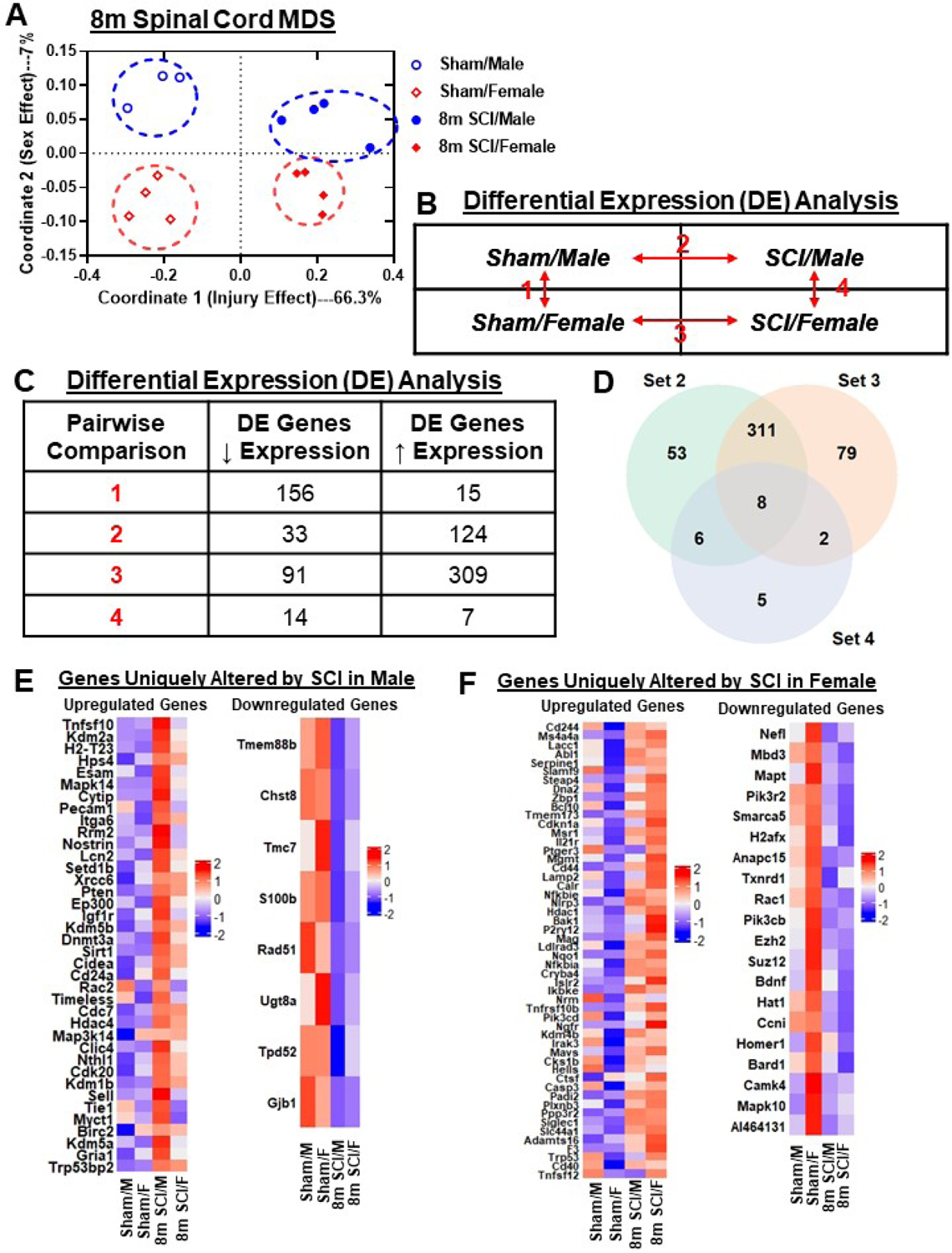Figure 10. SCI significantly alters the transcriptome at the injury site in chronic phase.

A NanoString nCounter® Neuroinflammation panel was used to assess transcriptional changes at the spinal cord injury site at 8 months) post-injury. (A) MDS (multi-dimensional scaling) was performed using all normalized gene counts from the NanoString panel. The four sample groups were Sham/Male (open circle), Sham/Female (open square), 8m SCI/Male (closed circle), and 8m SCI/Female (closed square). PCA revealed distinct clustering (dashed ellipses) of the four sample groups across the first two principal coordinates, which accounted for 66.3% and 7%, respectively, of the total variation across samples. Injury-related effects were captured on Coordinate 1, separating the SCI groups on the right from the left. (B) DE analysis was performed on pairwise group comparisons using nSolver (p-value < 0.05). Four pairwise comparisons were performed: (1) Sham/Female vs. Sham/Male; (2) SCI/Male vs. Sham/Male; (3) SCI/Female vs. Sham/Female; and (4) SCI/Female vs. SCI/Male. (C) A Venn diagram demonstrates the separation of total injury genes (i.e., those genes DE in SCI/Male vs. Sham/Male (Set 2) and SCI/Female vs. Sham/Female (Set 3) into those showing sex dimorphism and those that do not, based on based on membership in the gene list of Set 4 (SCI/Female vs. SCI/Male). Although the vast majority showed upregulation after injury, only a small percentage of genes showed significant changes between SCI/Female and SCI/Male. (D) Plot of transcript fold changes normalized by Sham/Male for genes unique to sex dimorphism between SCI/Male mice (Set 2, p-value<0.05). (E) Plot of transcript fold changes normalized by Sham/Female for genes unique to sex dimorphism between SCI/Female mice (Set 3, p-value<0.05). N=3–4 mice/group.
